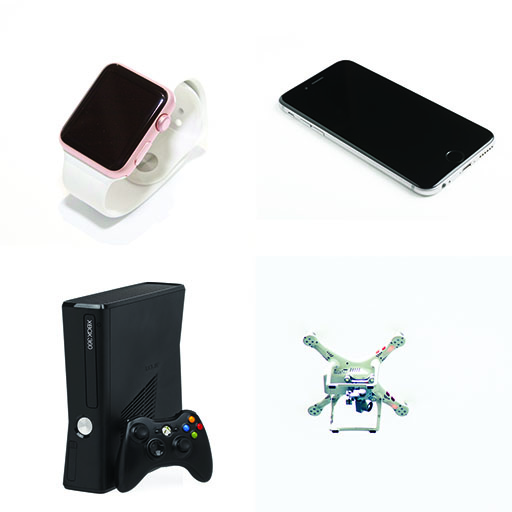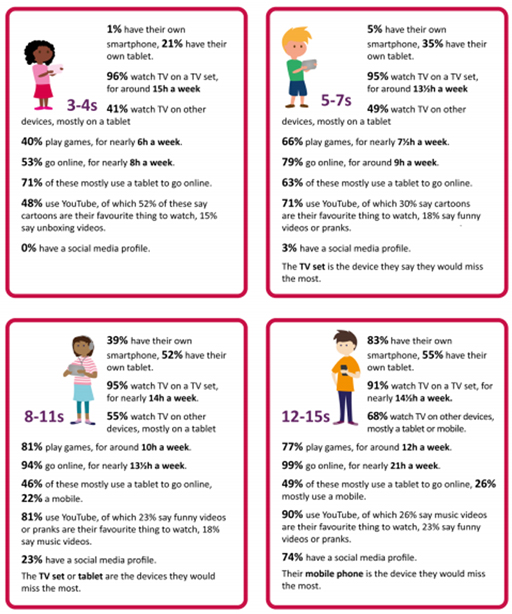1 Technology in children’s lives
Children today are born into a world where digital technologies are more prevalent than ever before. There is no aspect of our lives that is unaffected by technology – how we work, shop, socialise, communicate and entertain ourselves. From the moment young children become aware of the world around them, they witness the use of technology in one form or another. It is only natural, then, that they will be keen to explore this aspect of their world, as they would any other. Young children may feel less cautious than adults about making mistakes with technology.
Activity 1 What technologies are children using?
Think about the range of technology in some homes today. What kind of devices might children of primary school age see being used by those around them? What might they have access to on their own? Jot down your ideas.
Discussion
The range of devices available to children in the home is ever-growing, but can include: smartphones, tablets, laptops, desktop computers, ebook readers, smart TVs, games consoles and smart speakers that channel voice assistants such as Alexa, Google Assistant, Siri or Cortana. There are also ‘embedded’ devices such as microwaves, central heating systems, dishwashers and coffee machines that form part of everyday routines, or entertainment devices such as music systems, wireless headphones, surround sound speakers, electronic keyboards, DJ decks or drum kits. Not to mention the increasingly large range of electronic toys on the market, from simple light and sound toys to build-your-own-robot kits and toy drones. The list will continue to grow.
What is clear is that when children go to school, they will bring with them their own unique set of experiences with technology. Not just in the devices, tools or toys they have access to, but in the experiences they have in using them.
According to a recent survey, 53% of UK children aged 3–4 go online for nearly 8 hours a week, 35% of 5–7 year olds have their own tablet and 39% of 8–11 year olds have their own smartphone, with nearly a quarter having a social media profile (Ofcom, 2017).
Activity 2 Children’s increasing use of digital technologies
Look at the statistics in the infographic in Figure 2. It’s a snapshot of children’s digital lives (Ofcom, 2017).
Add your responses to the following questions.
How do the figures compare to your experiences of technology when you were a child?
How do these figures compare with your ‘digital life’ now?
How do they compare with that your own children, or children that you know?
Next, you will read about the impact technology can have on children’s learning.


